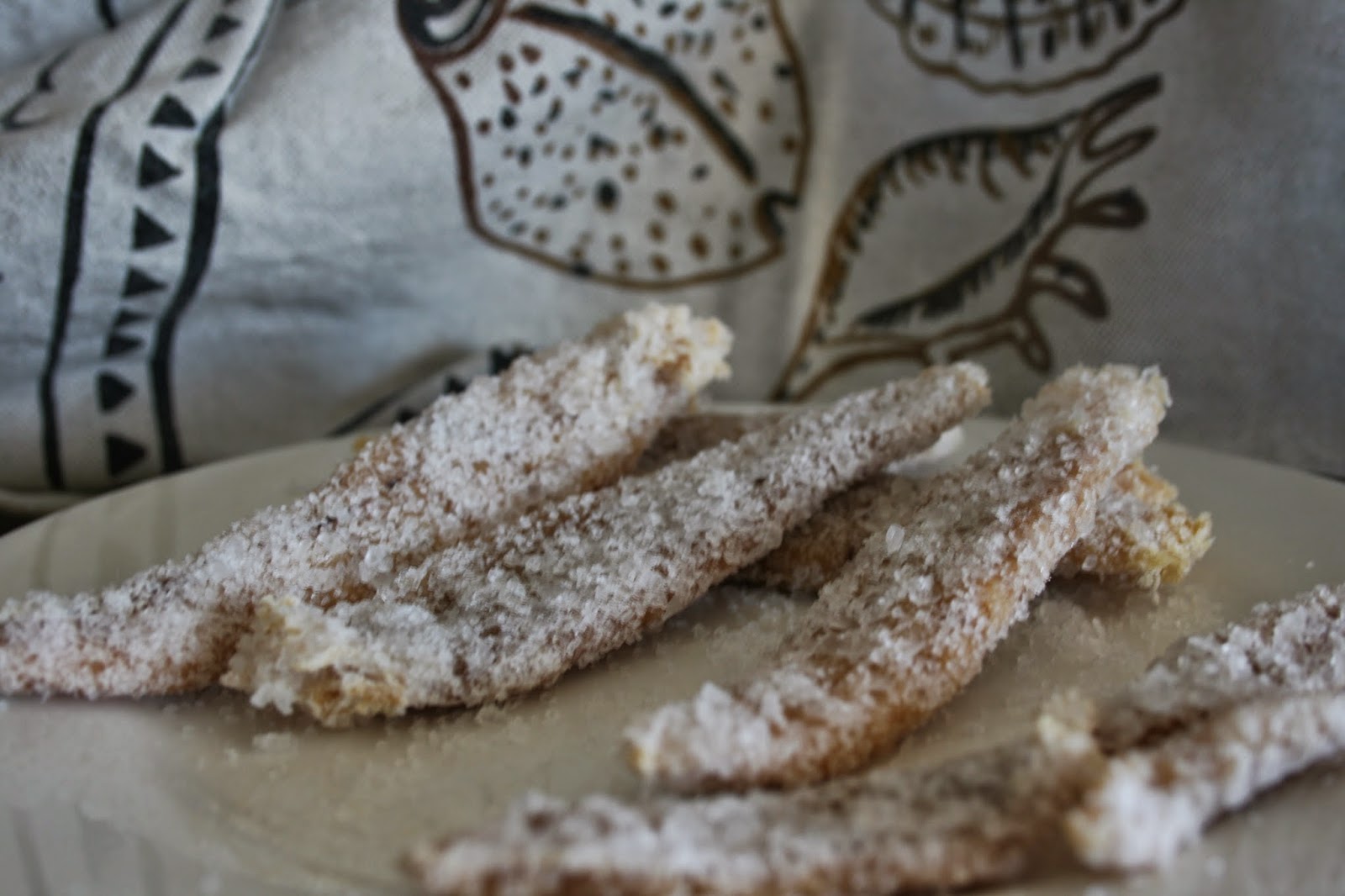Last Christmas we had a lot of grapes ripen. We ate them fresh, I made jam (mainly for my parents), protected them with netting from the birds and still ate more. There were kilos and kilos of the gorgeous, plump grapes, far too many to consume by eating alone.
As it was my Christmas break - 3 1/2 weeks of glorious sunny holidays I decided to make wine.
After doing research from existing cookbooks and online research I went to buy essential equipment.
It was New Years Day and nearly every store was closed so we took a day trip to Port Macquarie and bought goodies including plastic 'vats', airlocks, yeast, hydrometer and steriliser.
It was impossible to buy a grape press so I improvised and purchased two large colanders and a strong masher to squash the juice from the grapes. It took muscles and a lot of effort to obtain the precious grape juice. My mother, husband and teenagers helped to squash the grapes
(yes naturally our Italian friends asked if we had washed our feet first).
Then I suspended the skins and seeds in muslin to extract every last drop of grape juice
(or grape must by which it is known).
Then I weighed the juice and placed the grape must into sterilised vats
using a hydrometer to test for acidity.
Luckily I WROTE DOWN EVERY DETAIL for future reference.
Warning: My diary is quite lengthy.
Day 1 Pressed 7kg mixed white/pink & red grapes, 7 litres of must
Placed into vat and added 1/4 teaspoon metabisulfite, stirred and covered with a tea towel tied on by a rubber band.
Day 4 8am Tested with hydrometer, at 1060 acid is 5% (should be 3.8%) so I added 2 cups white sugar, stirred and put tea towel back on top. at 9pm hydrometer reading 1080 (perfect!) Acidity however was raised to 6%
Day 5 Added 2 litres cooled boiled water and another 1/4 teaspoon metabisulfite.
Day 8 Hydrometer 1070 Acidity 4.1% I then added 500ml water and 1/2 cup sugar.
2 hours later Hydrometer 1070 Acid 5% then added 1 cup sugar
2 hours later Added 700ml water
4 hours later Hydrometer read 1075 Acidity was 5%
at 9pm I added 2 teaspoons citric acid
Day 9 Hydrometer 1075Acidity 6.2% which meant I added 2 tspns cream of tartar and 1/2 cup sugar
Yeast is added! 4g white wine yeast stirred into mixture then I put on the airlock.
I am definitely learning quickly on this journey and having fun with this project.
By midday the mixture is bubbling away.
There is a bubble every 1.2 seconds in the airlock, this is exciting.
After 3 days the bubbling has stopped so I open the vat and taste to find the flavour is quite bitter. I added 1 1/2 litres of cooled boiled water and 500g sugar.
It rested for one week then I added 2 litres more of fresh grape must with 1/4 tspn of metabisulfite.
2 days later which meant it is now;
Day 19 I added 1 cup sugar and 4g dried wine yeast.
I put the airlock back on and after 3 days I added 1kg sugar, putting the airlock back on.
Now, on Day 27 IT IS READY FOR BOTTLING.
I had saved glass wine bottles for months and bought 4 litre glass flagons as well.
They were washed in hot soapy water, rinsed and sterilised with the sterilising solution.
From this batch I bottled an impressive 14 litres of WINE
with 10% alcohol content and 7% acidity.
At this time the wine tastes okay, it is neither sweet nor sour, it just tastes pleasant.
Even my non-drinking parents were impressed, I was ecstatic!
On the long weekend in June we tried a bottle but it was not very nice, I thought I had made a lot of vinegar. Then on the long weekend in October, 9 months later, I tried the wine again and was pleasantly surprised that it was not only drinkable, it was actually very lovely and refreshing.
This year, I have purchased a stainless steel wine press to squash the grapes. Bring on the grapes!
Buon appetito, I hope you have enjoyed this wine making tutorial.
Enjoy, Merryn.




























